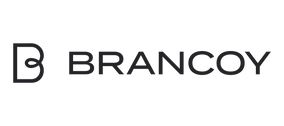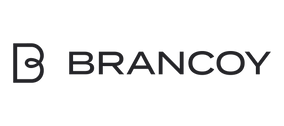Shopify offers excellent flexibility for a growing business. The platform scales seamlessly from a small startup to a large international online store. Shopify's modular structure allows for the addition of functionalities as needed, while automatic updates and cloud-based infrastructure ensure smooth operation at all stages of growth.
What does flexibility mean in an e-commerce platform?
The flexibility of an e-commerce platform means the ability to adapt to a company's changing needs and grow with the business. This includes scalability , adaptability, and extensive integration capabilities. A flexible platform can handle increasing order volumes, new product categories, and complex business processes without technical bottlenecks.
Flexibility is critical for a growing business because business needs evolve rapidly. Basic functionalities that suffice initially may not meet future demands. A rigid e-commerce platform can limit growth by forcing a company to compromise or switch platforms mid-growth.
Shopify's e-commerce platform's scalability is particularly evident in its ability to handle sudden traffic spikes and increases in order volume. The platform automatically adapts to the load, ensuring a smooth shopping experience for customers even during peak times.
How does Shopify adapt as a business grows?
Shopify adapts to business growth through its versatile pricing model and technical infrastructure. Upgrading from the Basic plan to the Plus solution allows for handling larger order volumes and utilizing more advanced functionalities. Shopify's cloud-based architecture automatically scales with traffic without manual intervention.
The technical infrastructure efficiently handles increased order volumes. Automatic updates ensure the platform remains current without downtime. Server management is entirely Shopify's responsibility, freeing the company to focus on business development instead of technical challenges.
Support for international expansion is a built-in feature. Shopify supports multiple currencies, languages, and payment methods, making it easier to expand into new markets. Shopify integrations allow you to add functionality as needed without changing platforms.
What are Shopify's biggest limitations for a growing business?
Shopify's biggest limitations relate to transaction fees, limited theme customization, and dependence on third-party apps. Transaction fees can become a significant expense with high sales volumes. Theme customization options are more limited compared to fully bespoke solutions.
Shopify costs increase significantly as a business grows. Plus-level pricing and additional apps can considerably raise monthly costs from the initial Basic level. Implementing certain functionalities often requires paid third-party apps.
A business might outgrow the basic Shopify version when highly specific B2B functionalities or complex integrations are needed. In such cases, options include Shopify Plus, hybrid solutions, or migrating to a fully custom e-commerce solution. The decision depends on the company's specific needs and technical requirements.
Should a growing company choose Shopify or build its own solution?
A growing company should choose Shopify if the goal is fast market entry and cost-effectiveness. Building a custom solution only makes sense if the company has specific technical requirements that Shopify cannot meet, and sufficient resources for long-term development and maintenance.
In a cost comparison, Shopify almost always wins in the initial stages. The development costs, the need for technical expertise, and the maintenance requirements of a custom solution are significantly higher. The time to market with Shopify is a fraction of that of custom development, which enables faster revenue generation.
Shopify is suitable for businesses that want to focus on business development instead of technical challenges. A custom solution should only be considered when Shopify Plus is no longer sufficient or when the business model requires completely unique features. When making the decision, it's important to realistically assess technical expertise, budget, and timeline in the long term.




